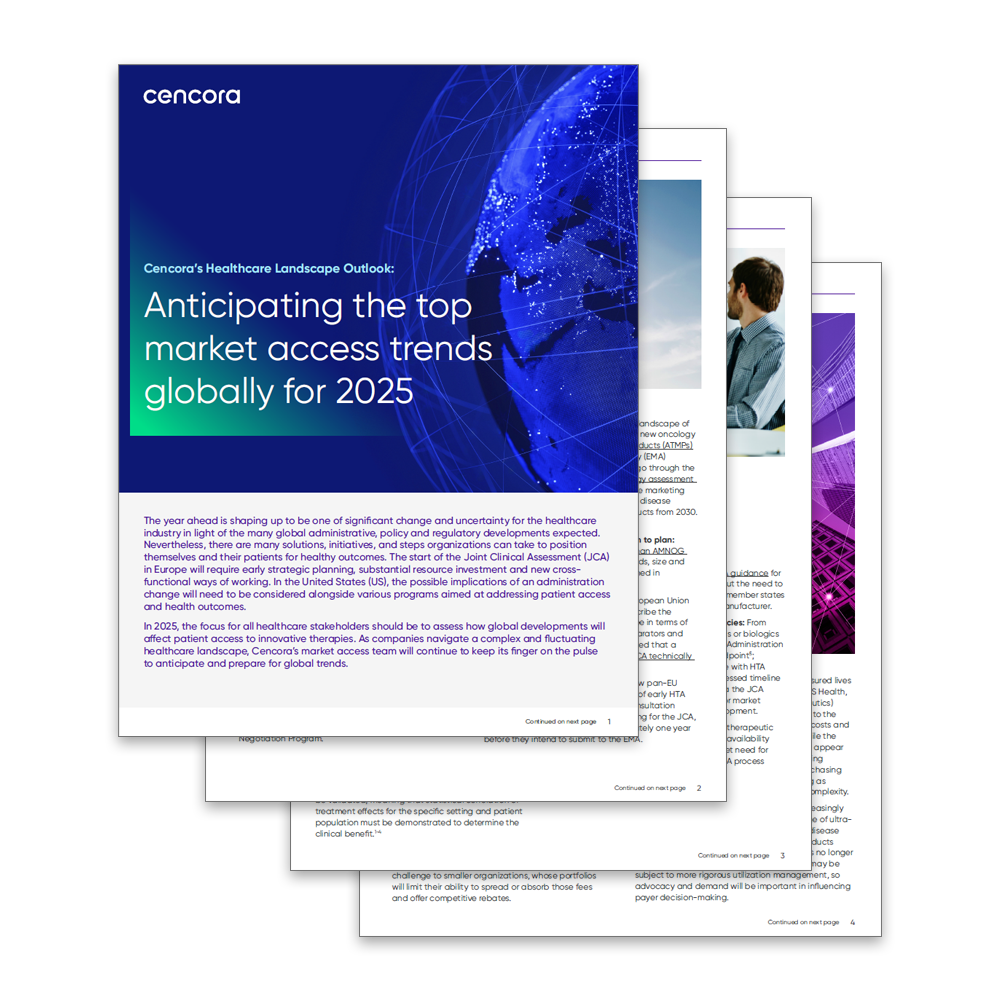Scientific literature reviews and the potential of AI for evidence synthesis

However, SLRs and comprehensive targeted reviews are labor- and time-extensive processes, often taking months or even years. These lengthy timelines and the rapidly growing number of published articles and available journals mean new evidence can quickly supersede older scientific literature reviews.2 This can hinder decision-making processes, particularly in fast-paced fields like healthcare and drug development, where timely and accurate information is crucial.
It’s vital, however, that such tools are validated and that their use is guided by expert knowledge of when and where it is most appropriate, as well as clear understanding of how it will be applied, particularly in contexts of use where scientific rigor of method and results are paramount, such as SLRs.
Staying ahead of the evidence
However, the guidance in this space is evolving. The UK’s National Institute for Health and Care Excellence (NICE) has published a position statement on the use of AI in evidence generation which emphasizes early engagement with NICE and dialogue with NICE technical teams if using AI methods.4 Eventually, using AI as a second reviewer may be appropriate if the AI tools have been appropriately validated.
SLRs are also carried out for internal strategy and for publication. These types of SLRs are also crucial for identifying evidence gaps and can inform integrated evidence plans (IEPs). Scientific rigor is still critical for these SLRs. Therefore, it is advised to consider AI as a second reviewer for the first phase of literature screening.
Having one human reviewer and one AI reviewer with conflicts resolved by a third human reviewer provides a built-in quality check. Additionally, any AI-assisted methods should be transparently outlined in SLRs reports or publications, which is aligned with the 2020 PRISMA guidelines on the need for a “transparent, complete, and accurate account of why (a) review was done , what the authors did (such as how studies were identified and selected), and what they found (such as characteristics of contributing studies and results of meta-analyses).”5 If these types of SLRs can be conducted more quickly and at lower cost with the assistance of AI, SLRs can be used earlier in the drug development process and can be updated more frequently. This can better inform IEPs and lead to more effective evidence generation planning.

Finally, updating scientific literature reviews – be they SLRs or comprehensive targeted reviews – is another type of evidence synthesis where AI use can bring benefits. Existing scientific literature reviews can be used as training data, and AI tools can be used to assess whether there is sufficient new, relevant published literature to perform a review update. Monitoring the recently published literature will ensure that review updates will be conducted in a timely and appropriate manner.
Cautious adoption of AI in evidence generation
In the right context and properly applied, AI tools can empower companies by making it easier and more cost efficient to carry out SLRs more frequently and consequently help them make better-informed decisions.
PRISMA provides guidance on the use of automation in its 2020 expanded checklist. This includes reporting how automation tools were integrated within the overall study selection process as well as the application of machine learning in the screening process and what validation was carried out to understand the risk of missed studies or incorrect classifications.6
Some of these concerns can be addressed by utilizing literature review workflows where validated AI tools are guided by experienced researchers. Human-in-the-loop quality checks also provide a way to mitigate risk and maintain research integrity. There is scope for AI to mature as a key tool for literature reviews on condition there is a solid basis of training and validation in its development.
Appropriate and trusted AI-enabled tools that are geared toward the different parts of the evidence generation process can go a long way to removing some of the burden, giving companies the insights they need to meet their market access objectives.
About the authors
Malia Gill is Manager, Evidence Generation and Value Communications at Cencora. She conducts systematic and targeted literature reviews to provide a comprehensive understanding of trends in the literature base. Her work supports HTA submissions, meta-analyses, economic and epidemiological models, and scientific publications.


This article summarizes Cencora’s understanding of the topic based on publicly available information at the time of writing (see listed sources) and the authors’ expertise in this area. Any recommendations provided in the article may not be applicable to all situations and do not constitute legal advice. Readers should not rely on the article in making decisions related to the topics discussed.

Report
Anticipating the top market access trends globally for 2025

Key insights include navigating global policy changes, understanding the evolving dynamics between manufacturers and payers, addressing drug pricing pressures, leveraging digital communication for stakeholder engagement, and enhancing equity in US healthcare

Connect with our team

References:
1. OCEBM Levels of Evidence, Centre for Evidence-Based Medicine. https://www.cebm.ox.ac.uk/resources/levels-of-evidence/ocebm-levels-of-evidence
2. Literature search approaches in an era of increasing publication volume, ISPOR poster. https://www.ispor.org/docs/default-source/euro2024/isporeurope24cadarettesa57poster146827-pdf.pdf?sfvrsn=39a72ef6_0
3. How much can we save by applying artificial intelligence in evidence synthesis? Results from a pragmatic review to quantify workload efficiencies and cost savings, Front Pharmacol. 2025 Jan. https://pmc.ncbi.nlm.nih.gov/articles/PMC11826052/
4. Use of AI in evidence generation: NICE position statement. https://www.nice.org.uk/about/what-we-do/our-research-work/use-of-ai-in-evidence-generation--nice-position-statement
5. The PRISMA 2020 statement: an updated guideline for reporting systematic reviews, BMJ, 2021. https://www.bmj.com/content/372/bmj.n71
6. PRISMA 2020 expanded checklist. https://www.bmj.com/content/bmj/suppl/2021/03/29/bmj.n71.DC1/pagm061899.w2.pdf
Cencora.com is providing automated translations to assist in reading the website in languages other than English. For these translations, reasonable efforts have been made to provide an accurate translation, however, no automated translation is perfect nor is it intended to replace human translators. These translations are provided as a service to users of Cencora.com and are provided "as is." No warranty of any kind, either expressed or implied, is made as to the accuracy, reliability, or correctness of any of these translations made from English into any other language. Some content (such as images, videos, Flash, etc.) may not be accurately translated due to the limitations of the translation software.
Any discrepancies or differences created in translating this content from English into another language are not binding and have no legal effect for compliance, enforcement, or any other purpose. If any errors are identified, please contact us. If any questions arise related to the accuracy of the information contained in these translations, please refer to the English version of the page.



